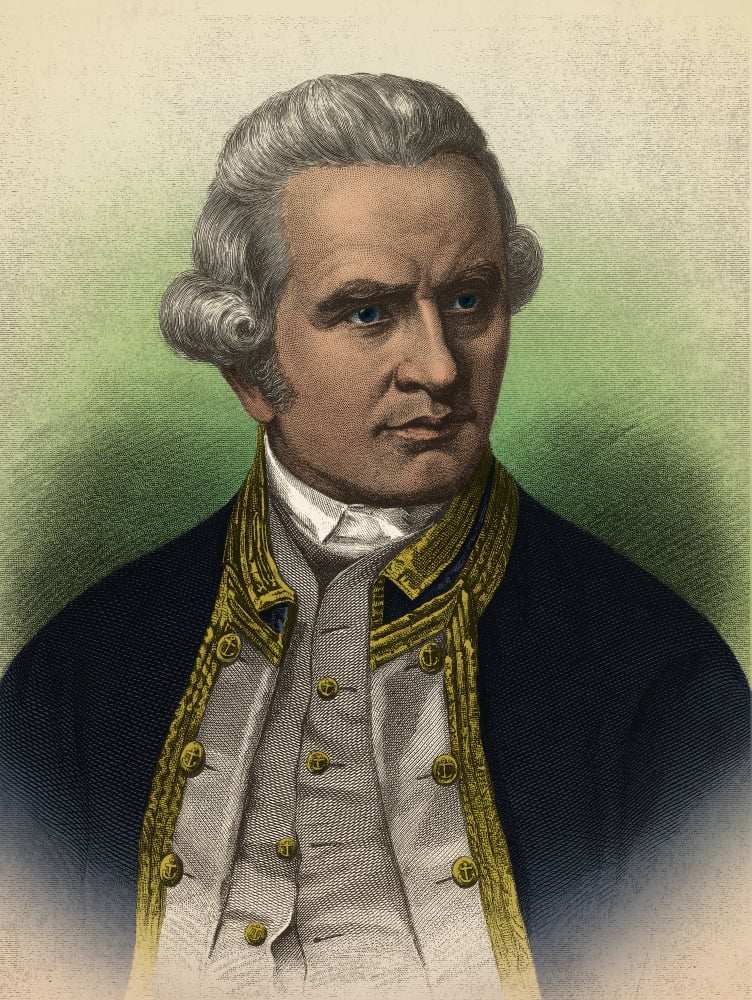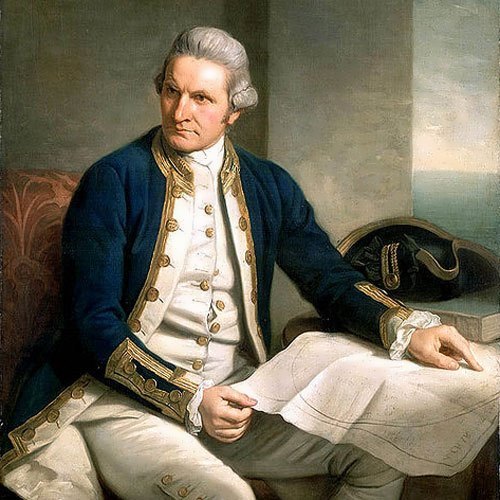

The obelisk is understandably disliked by many Hawaiians, who see it as a tribute to a man who invaded their islands and whose presence forever changed Hawai’i’s character. Just behind the obelisk in the forest are the ruins of the ancient village of Kaawaloa, a sort of inverse memorial to the Hawai’i that changed after the arrival of outsiders that was marked by Cook’s visit. A small plaque in the surf marks the exact spot where Cook is believed to have died. The obelisk was set up as a memorial by his fellow countrymen in 1878, on land that, while still technically part of the United States, is owned by the British. It was there in the shallows of the water that Cook was bludgeoned and stabbed to death. A Hawaiian nobleman was shot, and Cook and his men were driven back to the shore.

He attempted to take the King by force, but the Hawaiians resisted.

He got his gun and armed a few of his men and went into the village of Kowrowa where the King of Hawai’i was. However, Cook, who did not witness the scene, decided on February 14, 1779, to go on the offensive. Yet eventually it cooled off with no major violence. Although he soon recovered, his fellow Hawaiians already had Cook and his crew cornered in the surf, where they were pelting them with rocks. It reached its peak when one of Cook’s men struck down a Native Hawaiian with an oar. As the weeks went on, Cook’s men outstayed their welcome. Cook was widely known for his violent, tyrannical approach to the Indigenous people he encountered, but when the crew landed in Hawai’i, initial relations with the Indigenous people were reportedly positive. James Cook was already well known for traveling and mapping the uncharted waters of the world when his crew landed at Kealakekua Bay in January of 1779 to repair a broken mast. A 27-foot-high obelisk looms up from the coastal forest to mark the place where British explorer Captain Cook met his violent end.


 0 kommentar(er)
0 kommentar(er)
